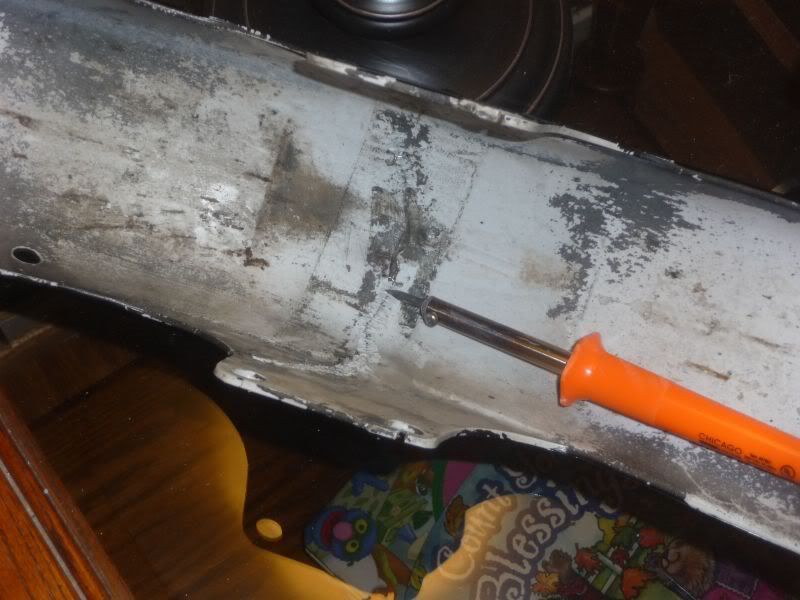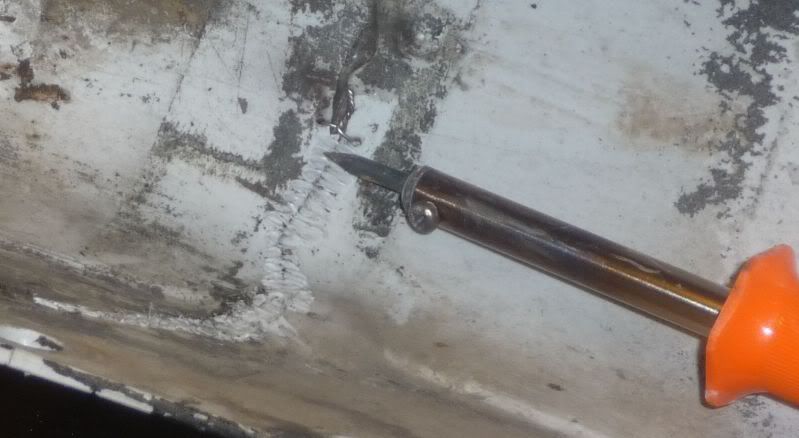
Skinny little low power round tip soldering iron, medium hot. Enough to melt the stuff easily, not so hot it instantly smokes and burns through. Might have to unplug it momentarily to keep the temp right. I just make little stitches across the crack. Try to get them to melt deep, maybe halfway to 2/3 of the way through, or as deep as you can without going all the way through the plastic.

Probably should have cleaned up the surface better first, but it came out OK anyway.
If strength is more important than looks, I do the stitches at an angle, like this:
///////////////////
Then flip it over and do this on the other side:
\\\\\\\\\\\\\\\\\\
Sometimes I do this on one side:
XXXXXXXXXXXXXXX
I think the little ridges left in the plastic makes it a little more rigid than a flat surface, like the little fins cast into something mechanical part when they want to make it stiffer.
I have fixed a lot of side covers, a few plastic fenders, the side bags and top box on the BMW that I flipped over in Ireland. They end up strong enough, maybe not as strong as new but pretty good. Better than any glue or anything that I've tried. It's really easy, the temperature is not that critical, doesn't really seem to matter exactly which technique, it just works.
If you guys have other methods you use, post them up.
.png)


Comment